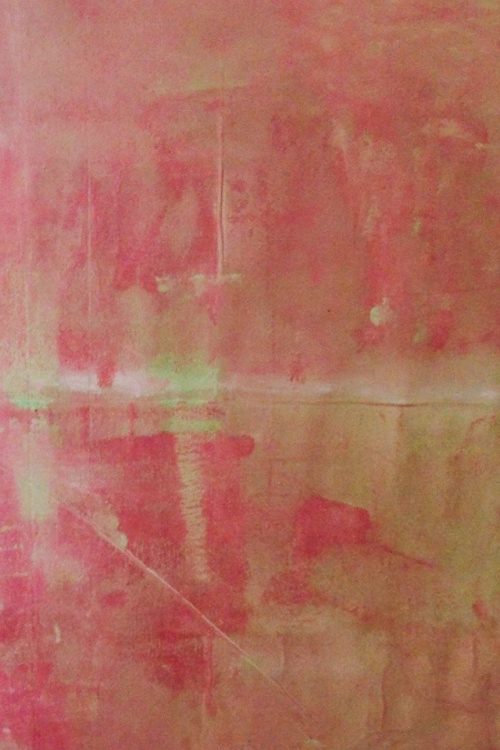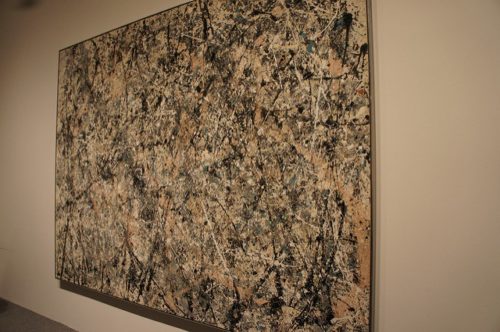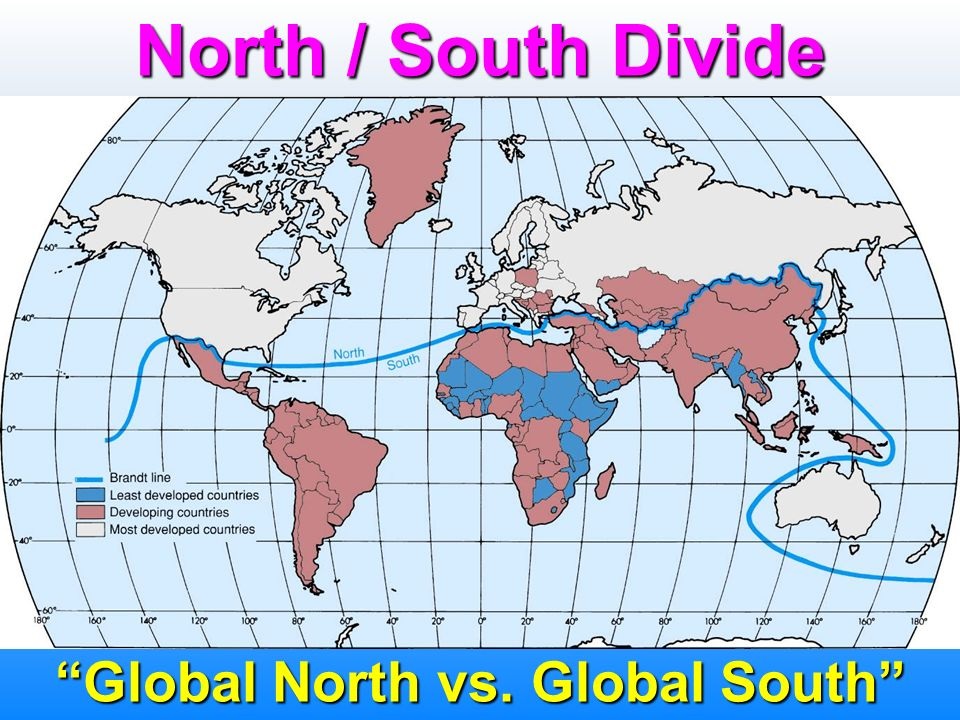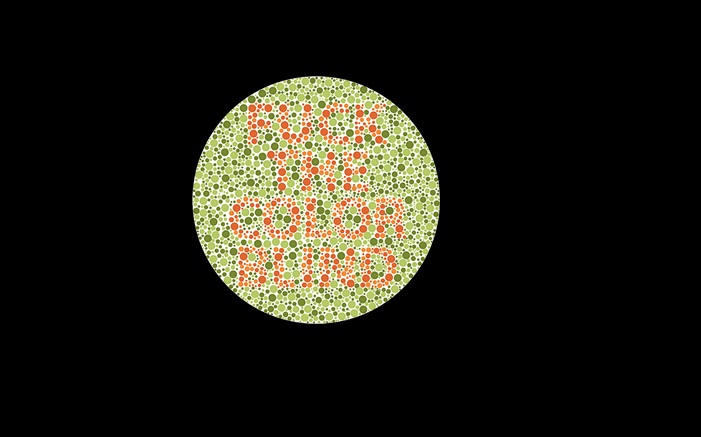Tag Archives: freedom of expression
UNESCO Seeks To Open Markets For Global South Cultural Goods
Paris, 30 May – Experts, stakeholders and government representatives will examine ways to improve exports of cultural products from the Global South, reinforce cultural entrepreneurship and improve the status of artists during the biennial meeting of the signatories to UNESCO’s Convention on the Protection and Promotion of the Diversity of Cultural Expressions, at the Organization’s Headquarters from 5 to 7 June.
Government officials and cultural professionals will address these and other issues at three Create|2030 debates during the session:
Rebalancing trade flows: making the case for preferential treatment in culture, will examine ways to open markets to cultural goods and services from the Global South, in line with the Convention’s binding provision to grant them preferential treatment in international trade. Cultural goods and services from developing countries currently only account for 26.5% of the global trade in this rapidly growing sector. Panelists will also examine how the concentration of creative content on large online platforms is impacting the distribution of cultural products and expressions. (7 June, 10 am—1 pm, Room II)
Strengthening cultural entrepreneurship: The International Fund for Cultural Diversity (IFCD) will discuss investments in vocational training andbring together beneficiaries of UNESCO’s IFCD from Brazil, Cambodia, Colombia and Senegal. The Fund, which aims to address the gap between developed and developing countries in the creative economy, has provided more than 10,000 artists and cultural professionals with new skills in project management, business and career development to date. (6 June, 10 am—1 pm, Room II)
Rethinking the status of the artist will explore ways to enhance the professional, social and economic conditions of artists through policies concerning training, social security, employment, income, taxation, mobility and freedom of expression. (6 June, 2—5 pm, Room II)
During the meeting, participants will also examine an Open Roadmap designed to strengthen the Parties’ capacities to promote the diversity of cultural expressions in the digital age, as well as other innovative policy practices. Priorities in line with the UN’s 2030 Agenda for Sustainable Development will be set for the next two years, with particular attention to gender equality, fundamental freedoms, quality education, economic growth, decent jobs, and equality between countries.
The 2005 Convention on the Protection and Promotion of the Diversity of Cultural Expressions provides a framework for the design of policies and measures that support the emergence of dynamic cultural and creative industries around the world. The 146 Parties (145 States and the European Union) that have ratified the Convention meet at UNESCO every two years to examine its impact and determine future action. Twelve new Members will be elected to the Convention’s Intergovernmental Committee during the session.
Across The Arts Vulnerability Prevails And Here’s Why It’s An Asset
Just for a moment, think about all of the many career fields in the world. Now think about those that require a personal emotional investment as a matter of course.
How many bankers make a regular practice of exposing their deepest insecurities to the world through their work? How many veterinarians routinely put on display the most precious and personal aspects of their hearts and minds? Probably not that many. As an artist, you are literally doing this all the time. Whether the emotional investment is major or minor, and whether you are exposing personal joys or defeats, the fact remains that careers in the arts by their very nature involve a whole lot of very personal investment. Unfortunately, some artists view this as a liability and allow the idea that they don’t possess the right self-esteem to affect their ability to work. It is important to find ways to lay these insecurities to rest and accept that by its very nature, art puts us in a vulnerable space. Embrace this rather than allowing it to overwhelm you, consider it an asset going forward.
Across the arts fields, vulnerability prevails. It is what often informs some of the most beautiful work. Whether we are talking about a performer or a visual artist, human nature dictates that when we put ourselves out into the world in the way that an artist does, there is a certain measure of vulnerability built in to the equation. It is a rare thing indeed to find a performer who doesn’t experience the butterflies of stage fright however subtly, no matter how seasoned he or she may be. And it is equally unlikely to find an artist who operates from a place of pure confidence free of the weight of uncertainty.

The world of art, not to mention the world at large, would be a very different place if insecurity did not exist. If everyone walked around with stiff confidence all the time there would be no room for tenderness, bravery, courage, and the bonding commonality of vulnerability that we all experience which is often the key to connecting an audience to a work of art. Every human alive understands what it is like to feel overwhelmed and uncertain and it is often this understanding that leads people to seek out art as a means of connecting to others through this shared human emotion.
Self-esteem has become a buzz word without a strong definition to back it up. We allow it to inform us as though it is some sentient entity that can make or break our resolve as artists. The fact is, self-esteem is merely a label for the way we view ourselves. It is us, and us alone, who decide how we approach the world. Allowing a vague concept like self-esteem to stand in the way of creating something that speaks to the very soul of who you are makes as much sense as allowing a phobia of flying stop you from seeing the world. You must conquer these self-made fears and come out on the other side.

The fact is, there is no way around baring your very soul as an artist. Whether it is only a glimpse or whether you let it all hang out for the world to see, in every work you create there is, inherently, a very personal piece of you. Without this, your work would lack meaning and depth. People view art expecting the spectacle of human emotion. To deny this because of some feeling of low self-esteem is to deny an opportunity to yourself and your audience.
There are no guarantees in life, everything we do carries a risk. Every career has its risks and benefits, though these vary wildly across the spectrum depending on what field we look at. Art is no different. There are no guarantees. Sometimes you will expose your most private self and receive less than gentle feedback. Under no circumstances should this give you anything more than a moment’s pause. Brush off, stand up, and get back to it. Use these experiences to further inform your work. Explore the feeling of exposure and the insecurities of this concept of self-esteem. Look fear in the eye and let it look right back.
Ultimately it is up to you how you choose to face the very real challenges of so-called self-esteem in your work as an artist. Only you can know your own limits, and only you can be brave enough to step beyond them. No one ever achieved very much who didn’t expose their inner selves to total annihilation. While this may sound like a terrifying prospect, consider why you are sitting here reading this blog in the first place. If you’re an artist, by simply declaring to the world that you are an artist, you have already chosen the path of courage. You have willingly stepped into the ring with your heart on your sleeve. There’s no turning back now. For the Silo, Brainard Carey.
Supplemental- The start of abstract expressionism challenged “safe, established painting styles”

 Le chef des conservateurs Erin O’Toole demande à Justin Trudeau d’annuler le projet de loi C-10
Le chef des conservateurs Erin O’Toole demande à Justin Trudeau d’annuler le projet de loi C-10 
